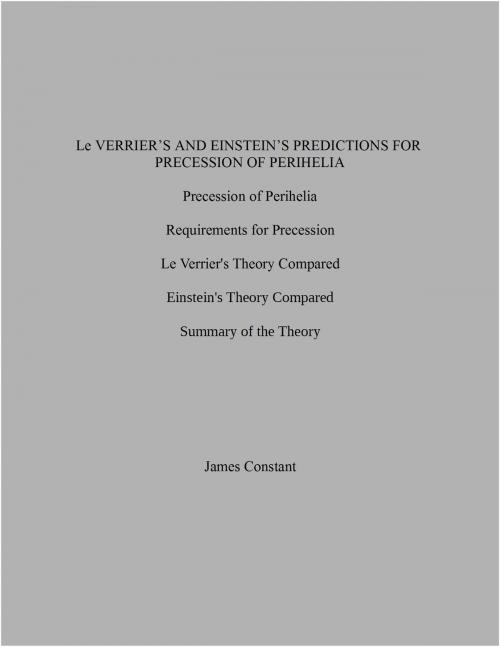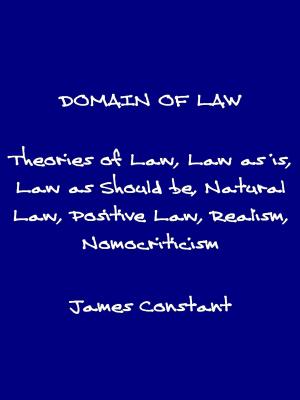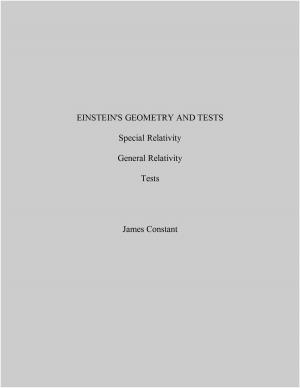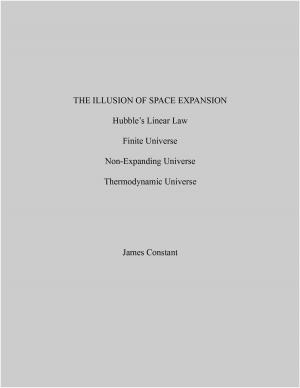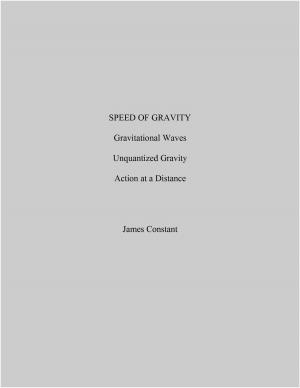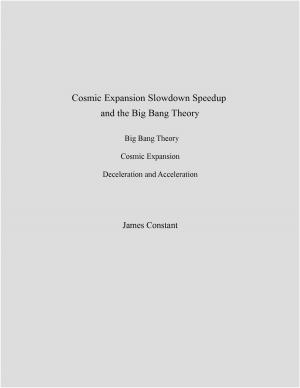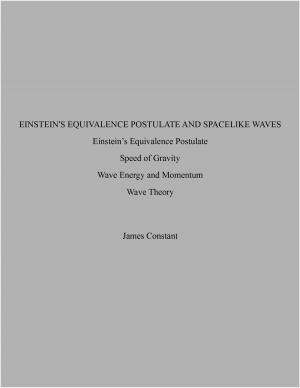Le Verrier's and Einstein's Predictions for Precession of Perihelia
Nonfiction, Science & Nature, Science, Physics, Gravity| Author: | James Constant | ISBN: | 9781310611209 |
| Publisher: | James Constant | Publication: | January 5, 2015 |
| Imprint: | Smashwords Edition | Language: | English |
| Author: | James Constant |
| ISBN: | 9781310611209 |
| Publisher: | James Constant |
| Publication: | January 5, 2015 |
| Imprint: | Smashwords Edition |
| Language: | English |
The discovery and attempts to find classical causes for the precession of the perihelion of the planet Mercury are well known.[ref_1] In the 19th century, the French astronomer Le Verrier found that the perihelion of Mercury advanced by 43 arc- seconds/100y, an amount which could not be accounted for in terms of the gravitational forces exerted on Mercury by the other known planets. Le Verrier assumed another planet, which he named Vulcan, existed between Mercury and the Sun. However, observations failed to establish that Vulcan existed. Another explanation put forth by astronomers was that Newton's law of gravitation was not correct but, if additional terms were added, these could account for the excess rate of turning of the orbit of Mercury. For example, it is known that if a repulsive force C/r3 is added to Newton's law it would provide a correct value for precession of the perihelion of planet Mercury.[ref_2] A different explanation is offered by Einstein's theory of gravitation which calls for an extra term A/r4 which, if added to Newton's law, gives the excess turning rate of 43 arc secondsonds/100y. Importantly, A was not adjusted to give this value. It emerged uniquely out of Einstein's theory. Thus, classical explanations, which could not be found since the 19th century were replaced by Einstein's theory in the 20th century. In what follows, I revisit the Newtonian, Kepler and Einstein ideas of perturbations as causes to find the excess turning rate of a planet. These include causes for effects solely by observed orbit parameters, for effects by other planets, for relativistic and barycentric effects, and for shortcomings by each theory.The largest error from observed values 43 arc seconds/100y is provided by Le Verrier’s method which most likely can be improved by adding non planetary perturbation terms to equation (3). The presumed smallest error from observed values is provided by Einstein’s method which claims exact prediction 0 when applied to a single planet, Mercury, but is contradicted because its application to all planets predicts error of 12.11 arc seconds/100y.
The discovery and attempts to find classical causes for the precession of the perihelion of the planet Mercury are well known.[ref_1] In the 19th century, the French astronomer Le Verrier found that the perihelion of Mercury advanced by 43 arc- seconds/100y, an amount which could not be accounted for in terms of the gravitational forces exerted on Mercury by the other known planets. Le Verrier assumed another planet, which he named Vulcan, existed between Mercury and the Sun. However, observations failed to establish that Vulcan existed. Another explanation put forth by astronomers was that Newton's law of gravitation was not correct but, if additional terms were added, these could account for the excess rate of turning of the orbit of Mercury. For example, it is known that if a repulsive force C/r3 is added to Newton's law it would provide a correct value for precession of the perihelion of planet Mercury.[ref_2] A different explanation is offered by Einstein's theory of gravitation which calls for an extra term A/r4 which, if added to Newton's law, gives the excess turning rate of 43 arc secondsonds/100y. Importantly, A was not adjusted to give this value. It emerged uniquely out of Einstein's theory. Thus, classical explanations, which could not be found since the 19th century were replaced by Einstein's theory in the 20th century. In what follows, I revisit the Newtonian, Kepler and Einstein ideas of perturbations as causes to find the excess turning rate of a planet. These include causes for effects solely by observed orbit parameters, for effects by other planets, for relativistic and barycentric effects, and for shortcomings by each theory.The largest error from observed values 43 arc seconds/100y is provided by Le Verrier’s method which most likely can be improved by adding non planetary perturbation terms to equation (3). The presumed smallest error from observed values is provided by Einstein’s method which claims exact prediction 0 when applied to a single planet, Mercury, but is contradicted because its application to all planets predicts error of 12.11 arc seconds/100y.
